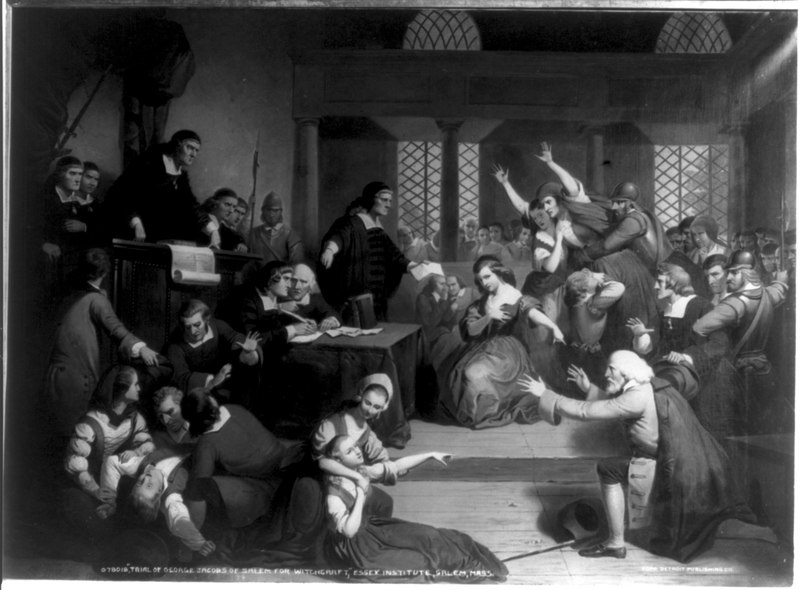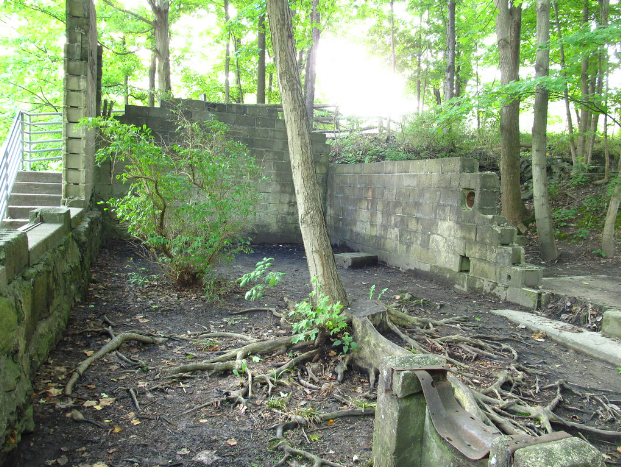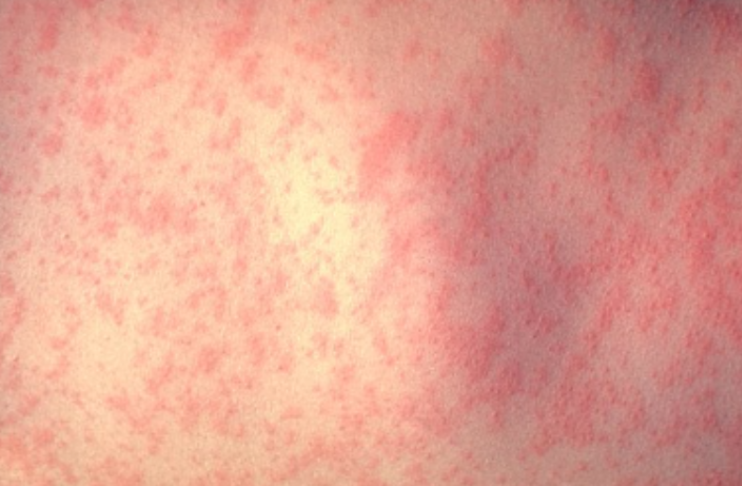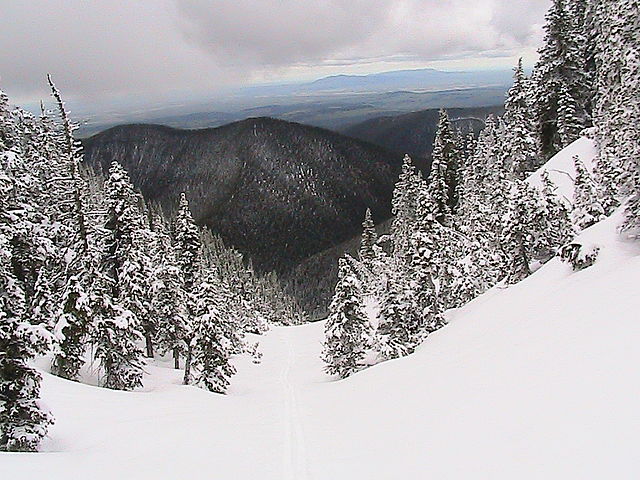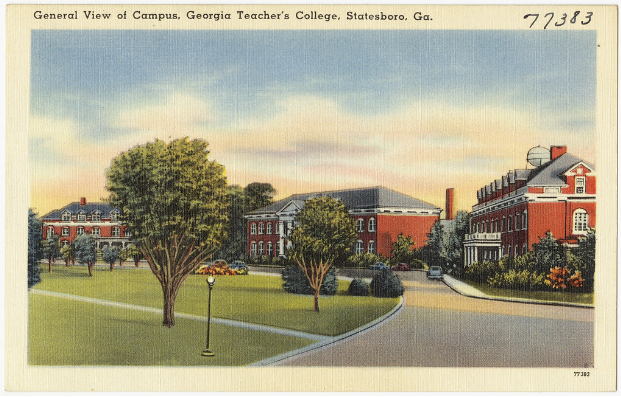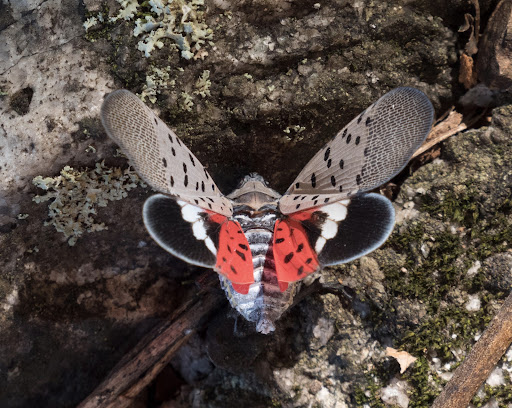
The Spotted Lanternfly is a danger to our food! The Spotted Lanternfly is a threat to Delaware and the United States as a whole. This insect, while it may seem harmless and pretty, is a destructive force that attacks their hosts, like trees and orchards. The Spotted Lanternfly is native to China, India, and Vietnam. The plants and trees at risk are the apple, plum, cherries, grapes, peaches, raspberries, almonds, pine trees, oak trees, walnut trees, etc. Those are some to name a few, but the list is larger and wider. Pennsylvania has first detected the insect in 2014, but they might have been here longer. Delaware environmentalists are asking the communities to kill them at first site.







